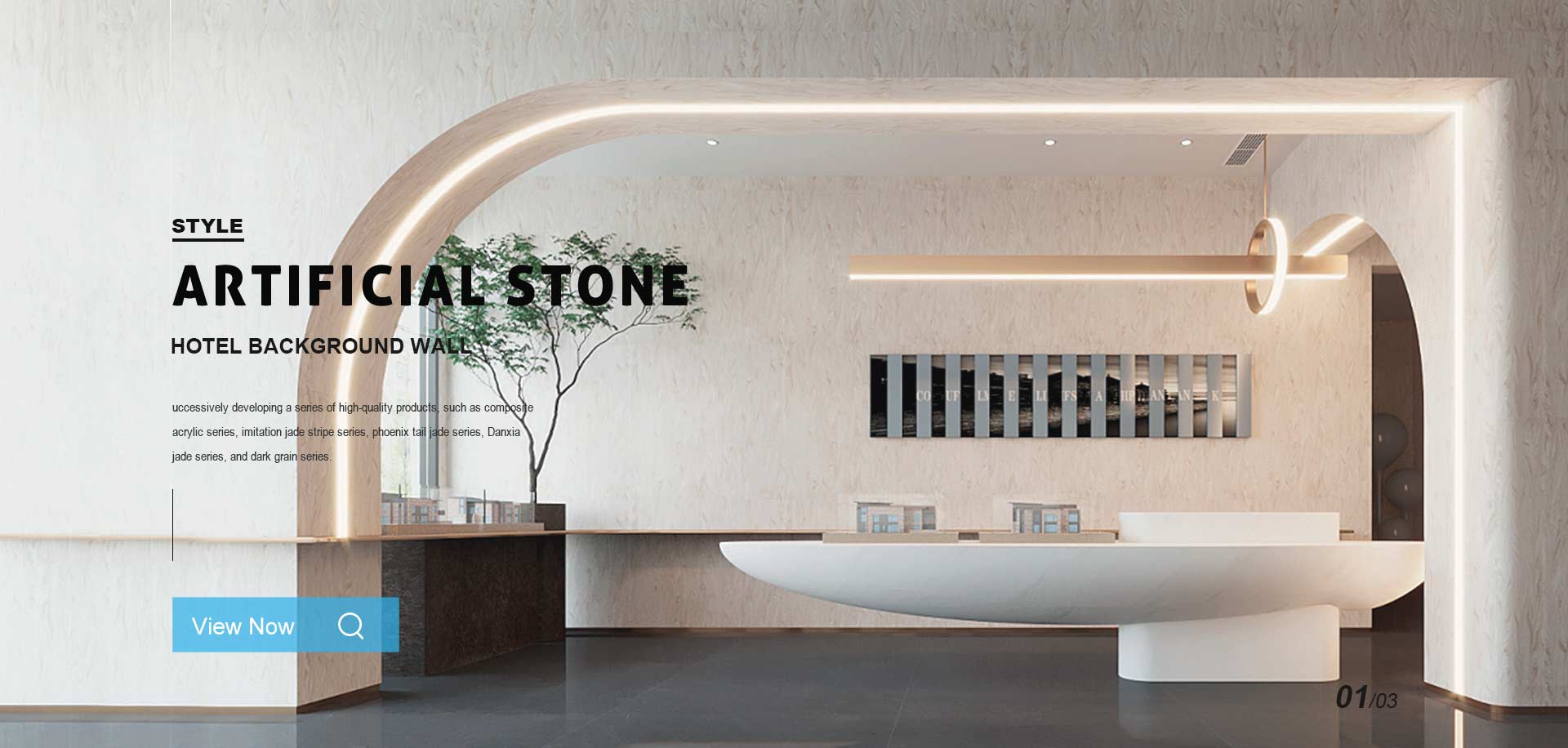Engineered quartz slate is a high-end surface material widely used in homes and commercial spaces. Its production process includes a series of special techniques, from the selection of raw materials to final polishing, all showing unique craftsmanship and technological innovation.Strict selection of raw materials: The first step in making artificial quartz stone slabs is to select high-quality raw materials. Typically, this type of slate is made from highly pure quartz stone powder and resin, ensuring that the final product is not only strong and durable, but also highly resistant to stains and wear.
Mixing and Stirring: Precise recipes are key to making engineered quartz slabs. Quartz stone powder and resin are mixed in specific proportions and a precise mixing process ensures even distribution of the material. This step ensures the uniformity and stability of the final product.
Mold pouring: The mixed materials are poured into the mold to form the initial shape of the artificial quartz stone slab. The choice of mold determines the size and thickness of the final sheet. The key at this stage is to ensure that the material is fully filled in the mold to avoid voids and bubbles.
Vibration and Compaction: To eliminate potential air bubbles and further increase the density of the material, the mixture in the mold is placed in a vibrating machine. At the same time, high-pressure equipment is used to compact the mixture, ensuring that the final artificial quartz stone





